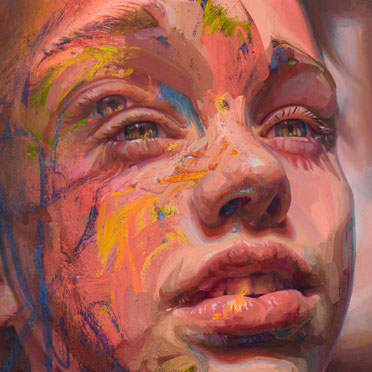No Place on Earth
The film brings to light the untold story of thirty-eight Ukrainian Jews who survived World War II by living in caves for eighteen months, the longest-recorded sustained underground survival. Built upon interviews with former cave inhabitants, as well as Chris Nicola, the caving enthusiast who unearthed the story, No Place on Earth is an extraordinary testament to ingenuity, willpower and endurance against all odds.
